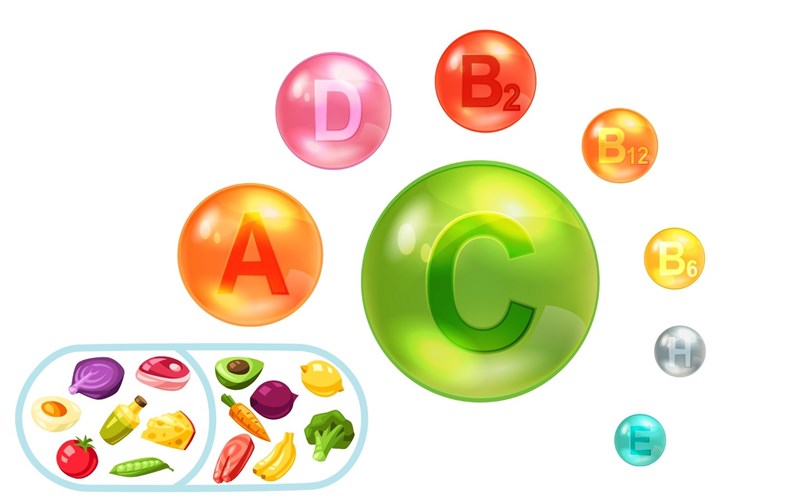Heart blockage, a potential danger
Cardiovascular congestion, or coronary artery disease, occurs when plaque contains fat, cholesterol, and other compounds that build up in the artery walls, narrowing or blocking blood flow to the heart. If not detected early, this condition can lead to angina, myocardial infarction, and even death.
Plaque formation has been going silently for years, says Dr. Amit Bhushan Sharma, a cardiologist. When the arteries are significantly narrowed, the heart will not get enough oxygen, causing dangerous symptoms."
According to the American Heart Association (AHA), coronary artery disease is the leading cause of death globally, accounting for more than 16% of deaths from heart disease.
Warning signs to note
Initial symptoms can be vague and easily overlooked. Patients often feel chest heaviness, chest discomfort, shortness of breath or unusual fatigue when trying. Some cases of nausea, sweating or pain spread to the neck, jaw and left hand.
If you have a family history of heart disease, you need to be especially vigilant and have regular health checks. Exercise breast pain or stress is a warning sign that needs to be examined immediately, especially in women, symptoms that are sometimes different from men, says Dr. Martha Gulati, Director of the Department of Women's Cardiology at Cedars-Sinai, USA.
Causes and risk factors
The most common cause is atherosclerosis, due to a diet rich in saturated fat, high cholesterol and a sedentary lifestyle. High blood pressure damages the vessel walls, creating conditions for plaque to stick.
In addition, diabetes, obesity, smoking and drinking a lot of alcohol also increase the risk. The World Health Organization (WHO) recommends: maintain a reasonable weight, eat lots of vegetables and fruits, exercise at least 150 minutes per week and quit smoking to prevent disease.
Types of cardiac blockage
Heart blockage is classified as follows:
Grade one heart block: mild level, often unsymptemic, detected via electrocardiogram, less need for intervention.
Secondary heart block: some electrical signals cannot be transmitted to the heart cells, so a heart rate monitor may be needed.
Third-degree heart block: the most serious level, complete loss of connection between the ward and the cardiopulmonary system, is a medical emergency.
In addition, there is a partial or complete blockage of the coronary artery, each type requires different directions of treatment.
When to see a doctor?
If you experience chest pain that lasts for more than a few minutes, have serious shortness of breath or faint, you should call an ambulance immediately. Regular check-ups and blood tests to control cholesterol, blood sugar, and blood pressure are important measures to prevent complications.
Most coronary artery disease cases can be prevented by lifestyle changes and early treatment, emphasizes Dr Deepak L. Bhatt, Director of Mount Sinai Heart Cardiovascular Center (USA). The important thing is to identify risks before incidents occur."











